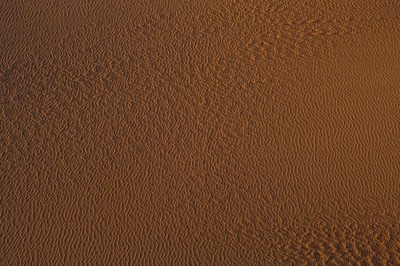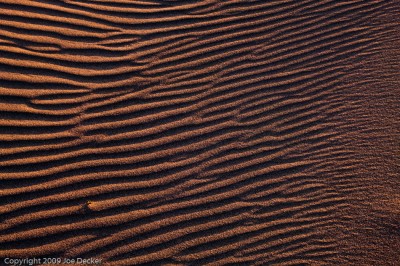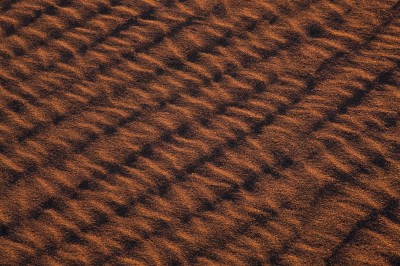If you like this article, you can now get the book! Joe has expanded the “Tuesday Composition” series into an inspiring new ebook on composition, especially for nature photography. Check it out: The Tuesday Composition.
I can’t say that they’re best sellers for me, but I really enjoy pattern shots. Nature often offers us regular and irregular patterns of exciting, dizzying complexity. I just can’t get enough of ’em.
There are several thing to keep in mind when working to create a great pattern shot.
The simplest is to remember that, in making a pattern shot, you’re often working to maximize abstraction. The simplicity and repeititon of a pattern shot makes it easy for the viewer’s eye to notice imperfections and intrusions, so eliminating unwanted details from a pattern shot is even more criticial than it would be in a more conventional landscape image.
If you’ve got a location that has some great looking patterns, first identify areas where the pattern is strongest. Then use don’t just zoom into the pattern to eliminate distractions, explore the scene by both moving your camera position and zooming in to find the cleanest perspective. Your feet are two of your most valuable photographic assets.
Consider whether your subject is better served with a square (perpendicular) view or one that conveys a little more perspective. It’s impossible to completely generalize, but (for me) views with perspective offer the ability to show the pattern at different scales, and to communicate a sense that the pattern may coninue out into the distance. Coming in “square”, on the other hand, can be useful when you want to create a very geometic image, show symmetries (say in tile patterns, etc.) For the pattern shots of my Desert Rhythms series, I primarily used an angled perspective in an attempt to convey the vastness of the patterned dunes.
Mind the details, pattern shots are unforgiving of poor technique. The combination of this sort of perspective and longer focal lengths often presents challenges for keeping everything in focus. Be very aware of depth of field issues, and if you have access to tilt-shift lenses or view camera movements make these shots, consider using them for their ability to tilt the plane of focus down to follow the surface of the pattern. I didn’t have access to those movements at the focal lengths I was using for Desert Rhythms, so I did a lot of shooting at f/25, f/29 and even f/32, often shooting a particular scene at multiple apertures to allow me to select the image that kept depth-of-field while minimizing diffraction blur.
Consider the introduction of a focal point, subtle or otherwise. I mentioned before that an intrusion or an imperfection in a pattern will stand out in many types of pattern shots. While this can be a problem, it can also be an opportunity for directing the viewer’s focus. The small bit of plant in Desert Rhythms III serves to set a “starting point” for the viewer’s eye in the image, from which the eye will likely move to the right of the image as the sand ridges diminish and eventually fade away.

Experiment with the what scale your patterns should take on in the image and on the print. The Desert Rhythms series features images at a variety of scales, with Desert Rhythms II probably being the densest pattern and VIII being the least dense. The densest patterns will work most effectively as very large images, Desert Rhythms II doesn’t even begin to “come to life” as a print until it’s about 16 inches wide, and 24- and 32-inch prints would be substantially more effective.
Finally, pay close attention to color (if it’s a color image) and contrast. The quietness or loudness of a pattern image is largely a matter of saturation and contrast, even small changes in the hue, saturation, global contrast and clarity (local contrast) can have a substantial effect on the feeling of a pattern image. This isn’t simply a matter of post-processing, the color and direction of the light on a surface pattern often has an enormous effect on the captured pattern.

